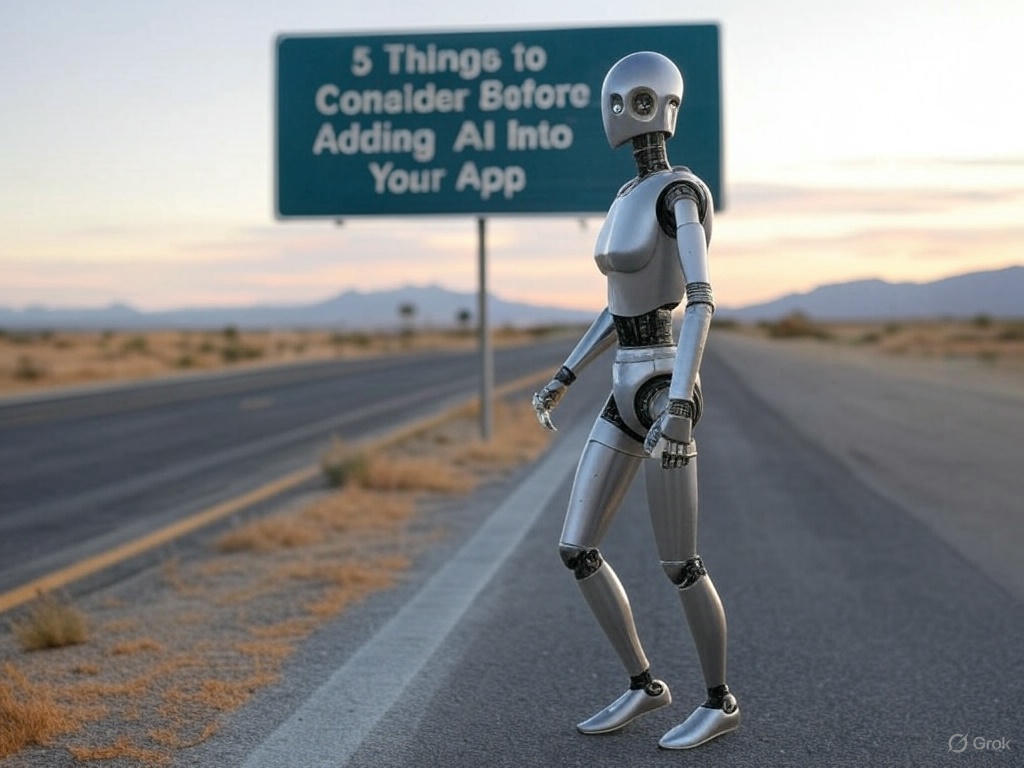Tuesday, January 3, 2023
-
3
min
5 ways to build viral marketing into your app design
“Going viral” is a bit of an overused term today. Everyone with a product says that’s what they want, but not everyone knows what that means or how to do it.
For your mobile app to gain the viral effect, you need to get your app in front of enough interested people for things to start to snowball. But while that sounds like a task for marketing, the most effective viral mechanisms are the ones your developers and product team bake into the app’s everyday interactions and touch points.
See "Best App Design of 2024."
Show value up front
Before you start thinking about trends or viral campaigns, you need to keep in mind what makes any mobile app go viral in the first place. No matter how they get there, the reason is always the same – they showcase the value the app has to offer up front.
Think about Wordle, for example. How many people gave that a go because they saw it all over their Twitter feed and wondered what all the fuss was about? It’s not just about giving the app more exposure, it’s also giving a sense of its value – in Wordle’s case, that value is the satisfaction of solving a daily puzzle and bragging about the achievement.
Or take a face swap app or any of the growing number of AI art apps out there. Their value is easy to showcase because it’s in the images they create. Every time a user face swaps a group selfie and puts it on their social media, it’s a message that tells their friends “this is the fun you can have if you download our app”.
Create a low bar to entry
For the likes of Wordle, the commitment required to try it is pretty low. You download it and you can start playing instantly – without creating an account, signing in with Facebook, or tapping through a series of screens urging them to ‘go premium’.
If a user will face any kind of friction – giving over their email address, syncing an account, or even paying to download – you often need to show more value first.
That’s trickier when the value you’re adding isn’t visual (like the AI artwork creator Midjourney, or obvious at a glance (like the natural language processing acrobatics of ChatGPT)
If, for instance, you have a tool capable of creating intensively interactive graphs for businesses, you can’t showcase that value in a screenshot. Nor will anyone download your app just to play around with someone else’s interactive graph. But that’s where the web can step in.
Prove your value through web acquisition
Web apps create a way for users to experience the value they’d get from downloading your mobile app before they make the full commitment – and you can get users to share the experience via a simple weblink. Communication and planning apps like ClickUp, Calendly, and Miro often do a great job here, enabling users to invite others to use the web app in order to collaborate on a project or book a meeting. We’ve invited a number of our clients to be part of our ClickUp boards, for instance, and a number of them have ended up purchasing it themselves.
For web acquisition to work it’s important to go as close to feature parity as possible. If potential users arrive on your site but can’t do enough with it, they won’t see the value of downloading the full version and parting with their time, personal details or cash.
If you’re worried about giving too much away for nothing, create limitations so users can only view or do so much before they’re prompted to download the full app version, à la Reddit. To learn more, check out our thoughts on monetising your app without resorting to ads.
Let the channels do the heavy lifting
If there’s one thing that has to be done right when you’re going for viral marketing, it’s social sharing. That doesn’t necessarily mean social media sharing. When Microsoft’s Hotmail was originally looking to go viral, they simply added a ‘download hotmail’ link at the bottom of every user email. But social media just happens to be the channel of the moment.
The key to making social sharing mechanisms work is creating a clear trail back to your app.
TikTok is a great example. Now that their snappy, short-form video format has taken over social media, it’s common to see TikToks shared outside the app as Instagram Reels or YouTube Shorts. But however far they get from their parent app, you’re never in any doubt about where they come from because the creator’s TikTok username is watermarked onto the video itself.
It’s something that’s facilitated by TikTok themselves – when a user uploads a new video, the app automatically exports the watermarked version to their device so that they can share it. Instead of being protective over the content on their app, they’ve turned it into a viral marketing tactic.
Be ready for viral growth before it happens
Everyone wants to go viral these days. But if you’re confident your app can actually do it, you need to know your team can handle what you're getting in for.
The whole point of viral marketing is exponential growth. Once that starts it’s hard to put a lid back on things, and if you’re not equipped to handle that number of users it’s going to be a major issue when they arrive.
That exact problem recently hit the social media platform Hive. It was touted as a new alternative to Twitter in November and quickly shot up to 1 million active users. But it wasn’t able to keep up with that many people on board so soon, and by December Hive had to shut its servers down to make vital security updates.
If you’re scaling, there are signs that will tell you your dev team needs support. And if you’re still at MVP stage and thinking about your viral marketing strategy, it’s probably something to keep on the back burner for now. The only exception is if the sharing mechanism is a core part of your product (as it would be for a face swap app) and you need to validate it at launch.
If you’re looking to scale your app or get it off the ground, speak to us to see how we can help.












